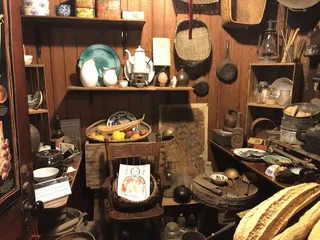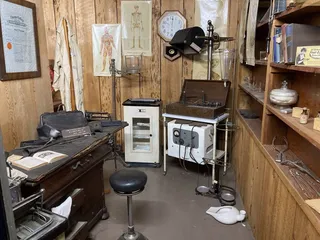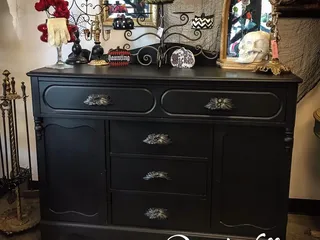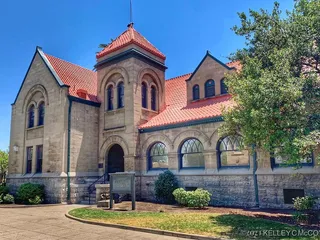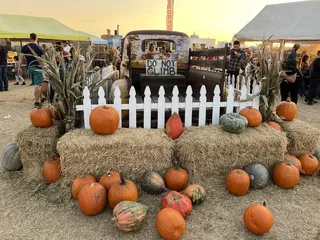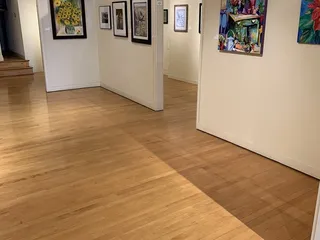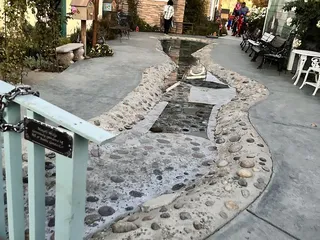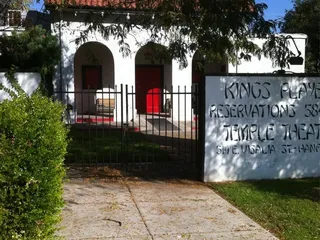 Taoist Temple Museum and Gift Shop
Taoist Temple Museum and Gift Shop
 Taoist Temple Museum and Gift Shop
Taoist Temple Museum and Gift Shop
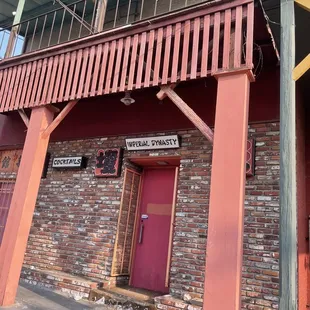
Adjacent building
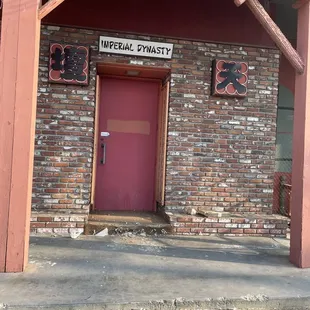
Imperial Dynasty
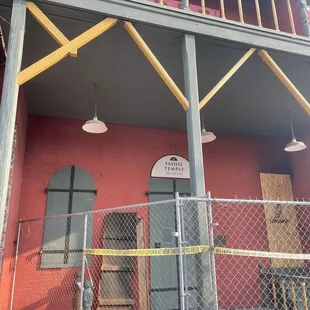
Front door
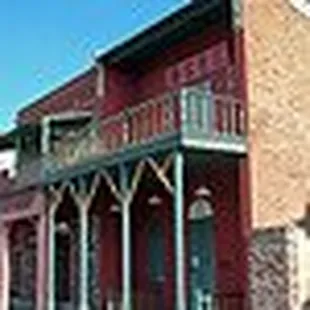
Front of Taoist Temple
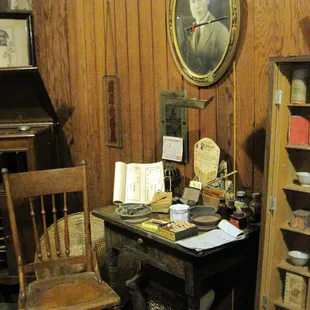
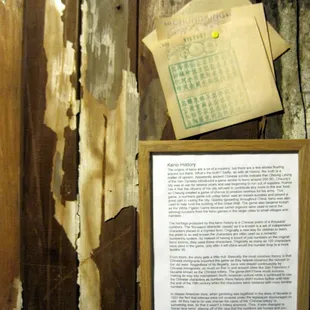
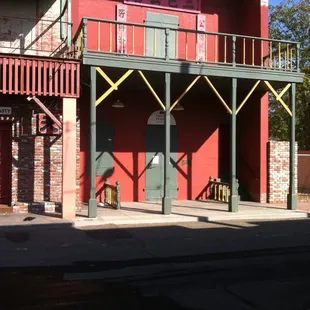
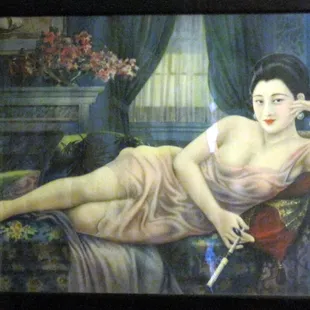
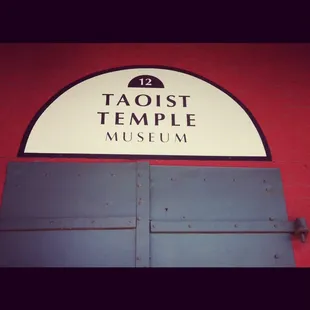

Freddie N Angela J.
Aug 8, 2018
This was a very interesting place. It's nice someone cared enough to preserve it for future generations. It's good to embrace history and this museum is full of that. Our tour guide was new and a little vague on some points of interest but that really didn't bother me. It has a cute little gift shop and tours are by donation so don't cheap out when you visit. What's a few dollars to walk back in time.
Read More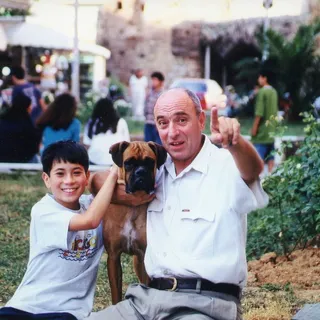
George T.
Apr 21, 2017
This museum is amazing. Tucked away in the historic China Alley, it is a solid presentation of what life was like for the Chinese immigrants who lived in that time. Starting out on the farms and railroads to running local herb shops, groceries, and laundromats - not to mention the gambling halls - the Chinese fully took advantage of the limited employment opportunities available to them, a characteristic of the segregated and exclusionary practices minorities faced at those times. The Chinese were pivotal in the success of the Central Valley towns during the late 1800s and early 1900s. Debbie and Larry, the docents, have a wealth of information to share and I couldn't have asked for a better tour! The museum, the temple upstairs, and the China Alley itself. On top of that, because I wasn't able to make it to the museum during normal opening hours (one saturday each month), they accommodated me with a private tour - all I had to do was call in advance! As far as I'm aware, the tours are free, but a donation is highly suggested. This is crucial history and every effort to preserve it needs to be made.
Read More
Paul M.
Jun 1, 2015
Quoted from the Taoist Temple Preservation Society website (where you can also contribute online):"Everything you ever wanted to know about China Alley.China Alley in Hanford, California traces its roots to 1877, when the Central Pacific railroad was extended westward into the area and the new town of Hanford was formed.Numerous Chinese came to the area, many initially to help build the railroads, but others came for farming and agricultural purposes. China Alley grew rapidly and the Chinatown prospered to include restaurants, homes, boarding houses, grocery stores, laundries, herb shops with reputable herbal doctors, sundries stores, gambling establishments, a Chinese school and a Taoist Temple. It soon became known as a "city within a city" with buildings lining both sides of the alley made from bricks formed and fired on site.Visiting Hanford's China Alley Historic District is a fascinating adventure that allows us to step back into history. As visitors enter China Alley today, they are met with a sense of historic ambiance that is reminiscent of a strong cultural heritage. Many of the buildings lining the alley are visually unaltered and remain largely as they did over 100 years ago.Various myths and folkloric legends have weaved their way into tales of this historic Alley. It has been alleged that the population of Hanford's Chinatown went from a small but thriving number of residents to a crowded metropolis rivaling the Chinatowns of San Francisco and Los Angeles. The stories of underground passageways that connected the basements of some merchants on China Alley have been wildly embellished to include tall tales of an expansive network of subterranean tunnels that reached far away from the Alley's core.Some minor alterations to the ground floor of several of the buildings occurred while creating The Chinese Pagoda and Imperial Dynasty restaurants in the late 1950s. These restaurants were established and operated by the Wing family and once served as a catalyst for the revitalization of China Alley. For nearly 50 years until its closure in 2006, the Imperial Dynasty was recognized as a world renowned restaurant serving continental cuisine. The restaurant became famous for its gourmet dinners, extensive wine cellar, and escargots bourguignon. Certified executive chef Richard Wing is widely credited as the originator of fusion cuisine as he combined Chinese and French cooking techniques that became known as Chinoise.One of the highlights of China Alley is The Taoist Temple Museum, listed on the National Register of Historic Places. The Temple and Museum offers a rare and authentic experience of entering a unique and historic cultural structure that has remained mostly unchanged over the years.Upstairs in the Taoist Temple Museum, the original Temple exists where visitors are first met with large plaques covered with Chinese characters that list the names of members of the Sam Yup Association who donated funds for the construction of the building. On the south wall are wooden figures of the eight immortals while their corresponding ceremonial staves are displayed next to the stairwell. In a corner of the room is a ceremonial brick oven in which symbolic paper money or clothing was burned as an offering to an individual's ancestors. Silk embroideries throughout the Temple featuring animals, birds, and shiny objects have various symbolic meanings. A variety of tools used for individual worship remain where they were once used. Apparent on the ceiling are different methods of lighting from bygone eras that were used to illuminate the Temple. A separate room behind an elaborate altar served as a schoolroom so children could learn of their cultural heritage and beliefs.The street level of the Taoist Temple Museum includes rooms that once served as sleeping quarters for single men. These rooms now reveal a variety of artifacts from the everyday life of Hanford's Chinese residents including kitchen items, gambling matter, and articles and furnishings from several of the Alley's herb shops. Along the walls of the single hallway are photos of the early populace and structures of the area. A small shop occupies the front of the ground floor where informative books and commemorative items can be purchased with the proceeds used to assist in ongoing maintenance of the Temple and the restoration of other buildings in the Historic District."
Read More
Dennis H.
Jan 13, 2011
Visit one of Hanford's hidden treasures. Many people who live here don't know about it.
Read More
Yaj U.
Jun 6, 2015
Very neat to have this museum/temple in a rather culture-less part of the country. Tours are insightful, but the guides are volunteers, and not all are equally knowledgable about the temple's past. Even if your guide isn't the greatest, it's still very cool to see a part of historic China right in the middle of cow-country-USA.
Read More